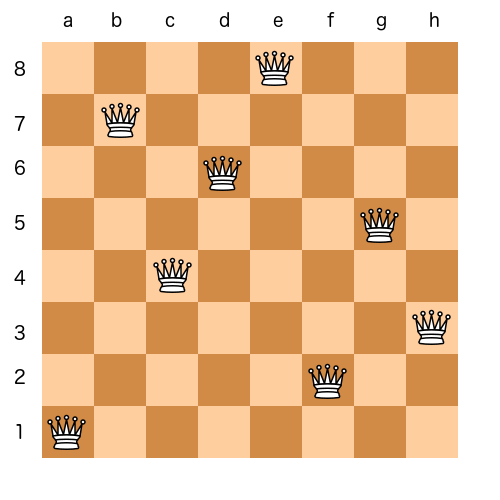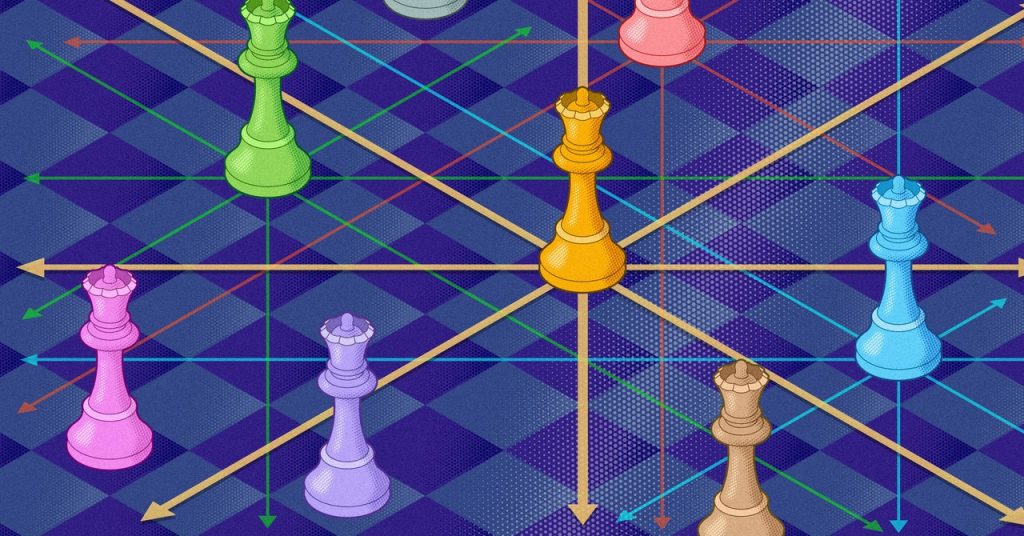Time to take out your chessboards again (Yes, we know the last time you took it out was after watching Queen’s Gambit)
Before we give away the answer, let us go back to the 150-year-old chess problem which is also one of the most challenging ones. “Could you arrange eight queens on a chessboard in such a way that none of them are attacking each other?” And hypothetically, if that’s possible, how many ways are there to carry this out?
This question is popularly known as the n-queens problem in the mathematical world. In 1848, a German chess magazine published the first 8-by-8 chessboard problem and it seemed like after almost 20 years, in 1869, the n-queens dilemma still remained unsolved. Since then to the present day, many mathematicians have made it their life’s goal to come up with the most suitable answer (Okay, that’s a bit of an exaggeration) and it looks like one professor was finally able to crack the code.

Micheal Simkin, a postdoctoral fellow at Harvard University’s Center of Mathematical Sciences and Applications, has finally solved the n-queen problem, proving for the first time that the result that was previously only being guessed using computer simulations is actually the right answer, according to Quanta Magazine.
Changing the conventional question from ”How many ways are there to position eight queens on an 8-by-8 chessboard?” to “How many ways are there to place n queens on an n-by-n board?” the problem can be better analyzed and solved. Simkin proved that there are around (0.143n)^n configurations for big chessboards with a large number of queens. For example, on a million-by-million chessboard, there are approximately 1 million ways to arrange 1 million non-threatening queens.

Simkin was able to find this solution by keeping track of the number of spaces that were not under attack. After the position of each additional new queen’s position was revealed, he calculated a maximum number of configurations and thereby concluded that he had nearly discovered the exact number of n-queens configurations and finally provided much-needed clarity to the 150-year-old challenge.
This will probably not stop other mathematicians to find other solutions to the problem but at least we can sleep soundly now knowing there’s one less problem in the world…


